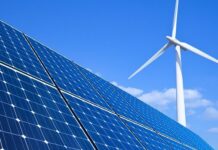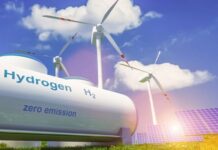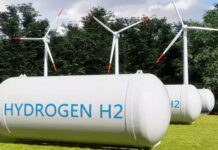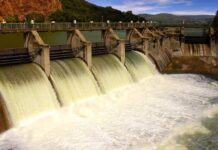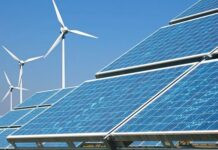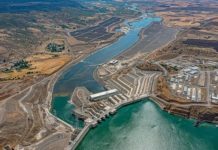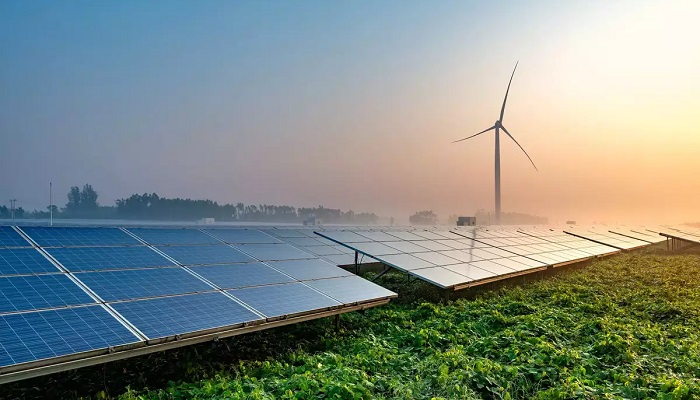The worldwide energy technology spectrum has gone on to get transformed across the 50 years ever since the founding of the IEA in 1974, and the expansion of major clean energy techs like solar PV as well as electric vehicles happens to be now unstoppable. But while a majority of new technologies are now readily available, clean energy innovation is indeed more mandatory than ever before, and the fact is that it needs to speed up.
So as to address this challenge, the IEA went on to convene around 250 entrepreneurs, business leaders, investors, as well as policy makers from almost 45 countries at the Energy Innovation Forum, which started the 2024 IEA Ministerial Meeting in Paris as well as went on to mark the 50th anniversary of the agency.
According to Fatih Birol, the Executive Director of the IEA, in the IEA’s Net Zero by 2050 situation, 35% of the decrease in emissions comes from low-emissions techs that are not at market scale. By this decade’s end, a suite of prominent demonstration projects will have to be financed, built, as well as operated so as to become bankable and also the first-choice investment across the world. Barol opened the forum with Eamonn Ryan, the Minister from Ireland, and John Kerry, the US Special Presidential Envoy for Climate. There is a requirement for every government across the world to sit in the front seat of innovation, offering leadership, strategy, as well as other necessary frameworks for the private sector, along with other investors as well as innovators to be incentivised.
The significance of the IEA’s work when it comes to technology innovation has been recognized by key actors like Bill Gates, who is the philanthropist as well as founder of Breakthrough Energy, and Jim Skea, who is the chair of the Intergovernmental Panel on Climate Change, along with other innovators from all around the world, in a video that was produced especially for the Forum. The discussion outcomes were delivered directly to the ministers of IEA member nations so as to inform two of the prominent paragraphs within the Ministerial Communiqué which was published February 14.
Across a series of plenary sessions as well as breakout workshops, delegates went on to emphasize how the last 50 years of tech development have gone on to provide invaluable lessons on the critical role of government when it comes to fostering innovation and at the same time supporting new technologies by way of commercialization.
Governments can go on to enable environments that can go ahead and establish new markets, encourage some healthy competition, reduce investment risks, and also spur incremental as well as radical innovation. Participants went on to recognize that governments go on to play an important role when it comes to funding foundational R&D as well as education in the public interest by way of providing dedicated support for first-of-a-kind projects and also helping with cooperation between researchers as well as industry.
Today, the fact is that energy innovation policy happens to be evolving in an accelerated manner, with many good probabilities across the world of creative policy steps that go on to directly support entrepreneurs in terms of reaching commercialization in a much faster way or even support manufacturing as well as industrialization by way of early-stage debt. But the participants underscored some priority areas within the innovation ecosystem that the policy apparently requires looking into, such as further work on standards as well as bank guarantees, and the significance when it comes to fostering a social license for technologies that are new. The latest IEA information on global venture capital- VC funding in terms of energy start-ups demonstrates that there happens to be no room when it comes to complacency among the stakeholders that have the required enabling tools. In spite of remaining well over the 2020 level, VC investment within this area dropped by 23% last year to slightly more than USD 35 billion.
Among the tech priorities that have been raised by the ministers as well as corporate leaders were the large-scale industrial procedures for which commercialization, when it comes to known low-emission technologies, goes on to remain a challenge in major sectors like iron and steel or even cement production. Attendees also underscored the potential contribution coming from new mass-produced products as well as software such as artificial intelligence when it comes to energy networks, as well as batteries having lower crucial mineral demands. It is well to be noted that a dedicated breakout session when it comes to decarbonizing industrial heat went on to highlight the recent progress on a range of electrification choices for certain varied high-temperature heating requirements. Within this area, there is indeed quite a prominent potential when it comes to collaborations among countries, industrial sectors, as well as even among competitors across varied stages of maturity. However, the large-scale investment depends very highly on available infrastructure as well as competitively priced electricity, or even access to low-emission hydrogen.
It is well to be noted that an issue that went on to receive quite a wide support throughout the discussions happened to be the importance when it comes to clean energy innovation in terms of emerging and developing economies, such as clean energy access as well as clean cooking, with an emphasis on fostering domestic innovation in these countries. Clean energy technology can go on to be a cornerstone of industrial progress, thereby bringing growth as well as job opportunities. In some scenarios, emerging as well as developing economies could leapfrog into certain new value chains, thereby capitalizing on an accelerated infrastructure expansion. But the current ambition levels are pretty often not in sync to seize such opportunities, and the very high cost of capital in developing economies still stymies innovation expenditure.
Notably, the Forum was convened due to a request to the IEA in the G7 Leaders’ Clean Energy Economy Action Plan that was published in 2023 under Japan’s G7 Presidency, so as to convene an international forum on energy innovation. Due to its Technology Collaboration Programs and by way of its tracking of over 550 clean energy technologies in the Clean Tech Guide as well as demonstration projects, the IEA happens to be well placed to convene actors throughout the energy innovation system and also across the world. Participants went on to note that the influence as well as convening power of the IEA can go on to be fully utilized so as to drive forward the innovation agenda. By way of its analysis as well as its tracking, and regular engagement with non-government experts across the world, the IEA stands ready to continue working for this aim in the years to come.






